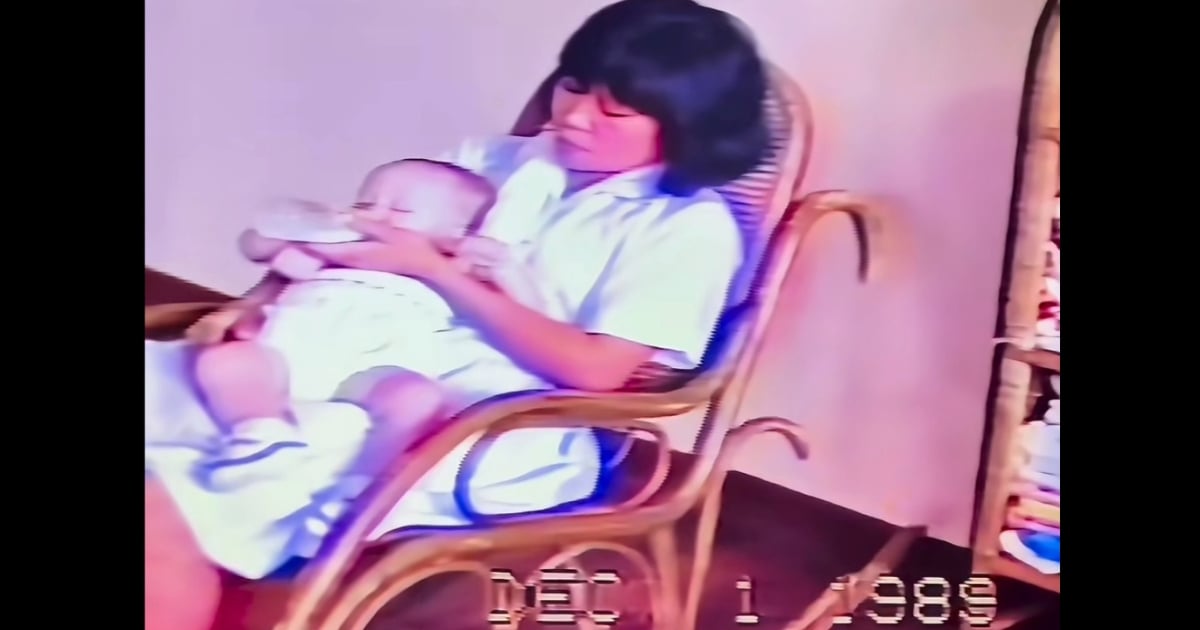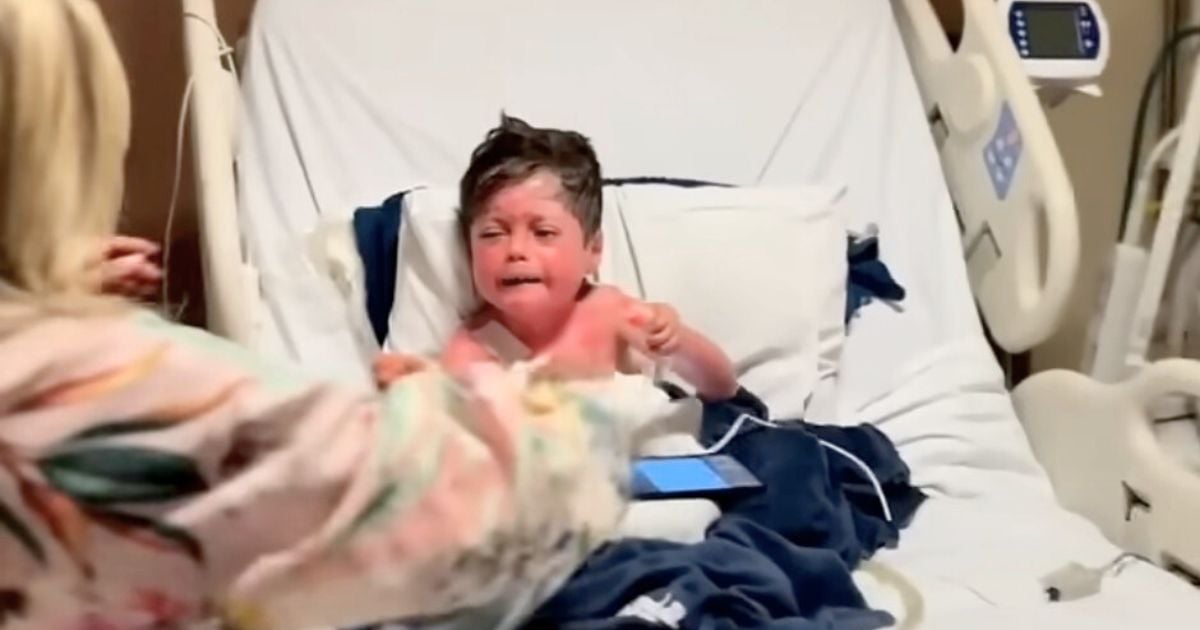When people come together, even the darkest of times can seem a little brighter. Residents of the big island of Hawaii had their lives turned upside down because of the recent volcanic activity, but they used the opportunity to come together as a community. The way they have handled this difficult situation is an inspiration to us all.


Kilauea has long been known as an active volcano, but until recently its activity has been relatively harmless. The slow lava flows and gentle spurts have attracted tourists from all over the world. Recently, however, the volcano has taken on a new path.
It all started at the end of April, when the giant crater collapsed. The lava had moved from one chamber to another, and the difference in pressure caused the floor to sink in. Unfortunately, this was only the beginning of a nightmarish adventure that is still continuing now.


Next, the lava made its way toward a residential neighborhood. The people of Leilani Estates were evacuated, and they were forced to say what might be a permanent goodbye to their homes. The flow destroyed at least 53 homes and 82 structures, wreaking havoc for anyone who called that area home.


Although the lava flow was not incredibly spread out, its damage extended far beyond the buildings it consumed. Toxic fumes made it difficult for people near Pahoa to breathe. Volcanic smog, or “vog,” dominated the area. According to the United States Geological Service, this type of air pollution contains carbon dioxide and sulfur monoxide, and “can also contain several other compounds such as hydrogen sulfide, hydrogen fluoride, and carbon monoxide, all of which are harmful to people.”


Not only can these toxins be lethal to breathe in, but they destroy the nutritional value of the crops grown in the area. Since many of the people of Pahoa are farmers, this disaster has devastated both their economy and their food supply.
With nowhere left to turn, the affected residents were forced to flee the area. Many of them moved to other parts of the island, hoping that the smoke would clear and all would be well again. As the lava continued, some realized they would never see their homes again. Through it all, however, they never lost sight of the bonds that tied them together.


Evacuated inhabitants banded together on the other side of the island, and they committed themselves to keeping the same sense of community that had defined them before this horrifying disaster. “There’s a group of us that is about to make food,” shared Paige Clancy, a previous resident of Pahoa, on Facebook. “We are coming together and supporting each other in this time.”
Even those whose homes were still in tact felt an obligation to help the people they had come to know as family.


“Thinking about what I can do to help friends affected by the lava flow,” posted Berkeley Byers, a resident who was fortunate to live far enough away from the flow for his residence to remain safe. “One thing I can offer is a place to camp on Carson and I’s land in Hawaiian Acres. We don’t have anything fancy, but we have clear, flat space on our land. Air quality is good here and we are outside of the eastern rift zone. If you need a place to stay or have an idea how we can help, message me! Much love to the ohana.”


At a time when people were losing everything, friends and family came together to show each other support. It is rare to find this type of deep camaraderie in today’s society, but this is a group of people who are truly dedicated to helping one another.
“Things are extremely unsure here in Puna,” Paige explained to Shareably. “As a community, there are a lot of people who have been misplaced. Some of us with lost homes, some waiting to see if homes will be lost, many temporarily put out of work and out of shelter, and a large amount who have fled to other parts of the island in fear, searching for temporary living situations.”
“This time is wildly uncertain. Another factor is that many of our Ohana here in Pahoa live on farm-based, work-trade volunteer communities – working the land. They do not have the means for continuous relocation. Our mission is simply to begin helping our beautiful, conscious community in any way we can . . . We are tired, out of jobs, out of resources, and out of answers.”


The lava has already taken so much from the residents of Hawaii, but the worst may be yet to come. On June 2nd, the lava flow consumed Green Lake, previously known as Hawaii’s biggest lake. It has filled the basin of the lake and evaporated the water that once resided there. The lava now has a wide front and is continuing to flow to the ocean.
According to Dr. Michael Salla, an Assistant Professor in the School of International Service at American University, “A partial collapse of Kilauea volcano could trigger massive tsunamis that would not only engulf the Hawaiian Islands but also devastate the U.S. Pacific Coast, as well as the coastal regions of other Pacific rim nations.” While this event does not seem extremely likely, the possibility is enough to fill the residents of Hawaii with fear and dread.


Often in the face of a crisis, people are concerned about their own well-being. The people of Pahoa have proven themselves to be exceptionally caring and compassionate in their time of need. Imagine how wonderful the world could be if we all thought of others before ourselves.
Please SHARE this with your friends and family.















